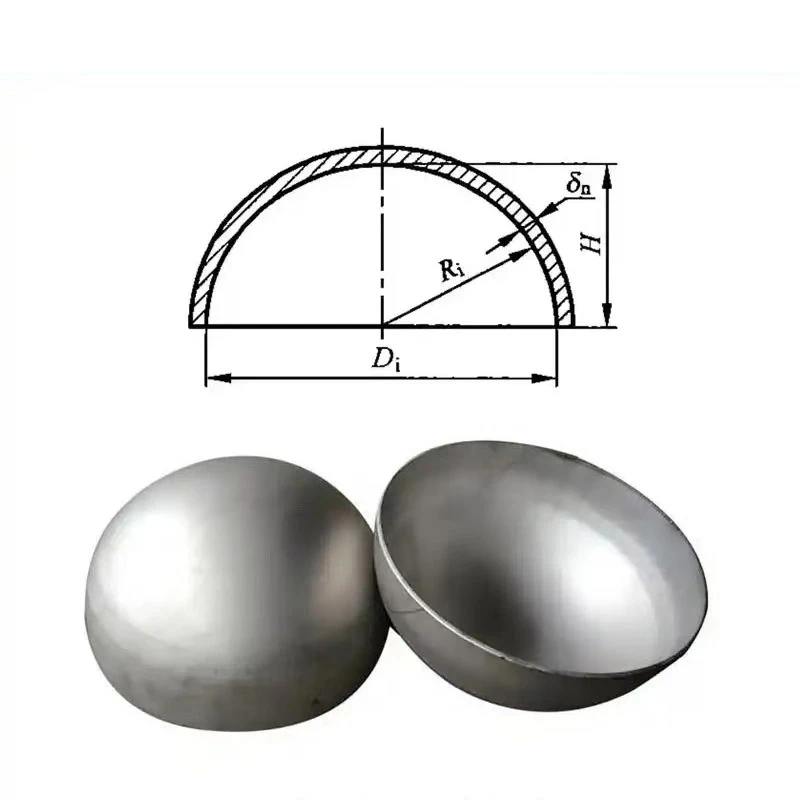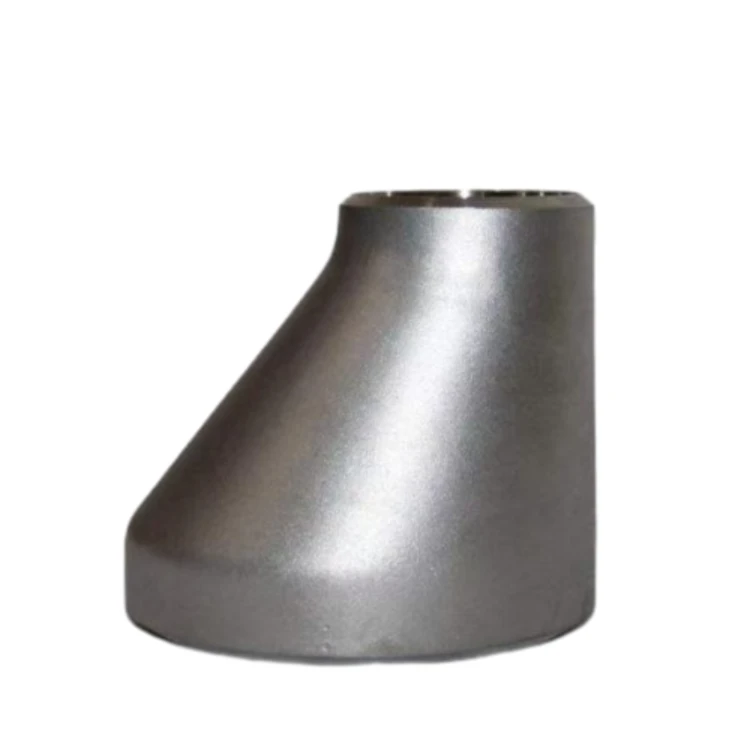PRODUCT DETAILS
Bend Pipe
Bend is a crucial pipe fitting used to change the direction of flow in a piping system. It allows for smooth transitions between sections of pipe, accommodating layout constraints, avoiding obstacles, and optimizing flow paths. Bends are designed to maintain the fluid's velocity and minimize pressure loss while providing the necessary angle of deviation. They are commonly used in various industries, including oil and gas, petrochemicals, water supply, and HVAC systems.
Bend Product Introduction
Bends are fittings used to change the direction of pipelines by bending straight pipes to specific angles. They play a crucial role in connecting pipelines of different orientations, changing fluid flow direction, buffering pipeline stress, and adapting to spatial constraints. Bends are widely used in industries such as petroleum, natural gas, and power. Common materials include pipeline steel, and bends are primarily formed through medium-frequency heating. Bends adhere to international standards such as ISO 15590-1-2018 and ASME B16.49-2017.
Bend Features
Reduces Pipeline Resistance: Ensures smooth fluid transition at bends, reducing turbulence and vortex phenomena, thereby lowering flow resistance and pressure loss.
Strong Spatial Adaptability: Can be made into various angles and radii to adapt to complex spatial structures.
Good Stability: The bent portion of the pipe is structurally stable, preventing deformation or displacement in the piping system.
Available in a wide range of materials like carbon steel, stainless steel, and alloys, bends are fabricated to meet the specific needs of each application, ensuring reliability and durability under high pressure, temperature, and corrosive conditions. Bends come in various angles, such as 90°, 45°, or custom degrees, and can be manufactured through processes like hot or cold bending, depending on the required specifications. This adaptability makes them suitable for a wide range of configurations, including tight or large radius bends, ensuring efficient fluid flow in any system design.
One of the primary advantages of using bends in a piping system is their ability to preserve the flow dynamics of the system while altering the direction. Unlike fittings like elbows, which may induce more pressure loss, bends are engineered to provide smoother transitions with less turbulence, ensuring minimal disruption to fluid or gas flow. Whether for intricate installations or large-scale infrastructure projects, bends offer a dependable, cost-effective solution for directing and routing pipes effectively and efficiently.


